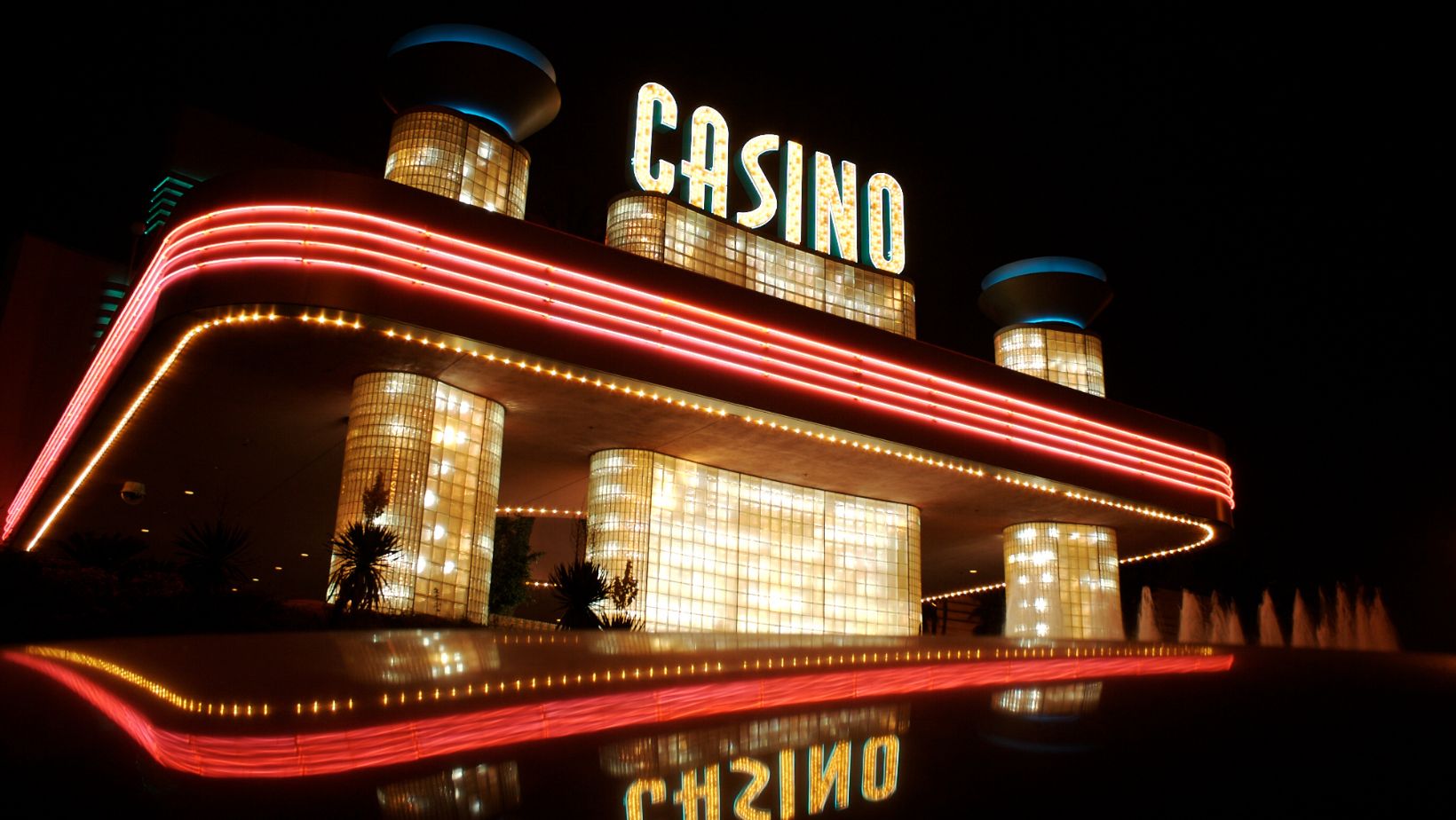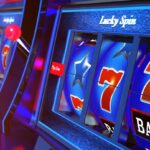Slot volatility is one of the most misunderstood yet crucial elements in determining how a game behaves. It dictates not just how often a player wins, but also the size of those wins. A game with high volatility can produce significant payouts, but rarely, while low volatility ensures smaller, more frequent returns. Understanding this dynamic helps players align expectations with their bankroll and preferred play style.
Understanding Slot Volatility Levels
Volatility, sometimes called variance, measures risk. Online slots are typically divided into three categories—low, medium and high volatility. Each category provides a different rhythm and payout pattern. For instance, titles like Starburst from NetEnt are low-volatility slots, offering frequent but modest prizes. In contrast, Dead or Alive 2 has high volatility, capable of delivering massive wins up to 100,000x the stake, but only after long dry spells.
At Casino Harry, players can filter games by volatility, making it easier to find options that match their tolerance for risk. This feature enhances transparency, helping players make smarter choices without needing advanced analytics.
Comparing Low, Medium and High Volatility
Understanding the distinctions between volatility tiers helps tailor gameplay strategy. The table below summarizes the differences:
| Volatility Type | Risk Level | Typical Payouts | Best For |
| Low | Low | Small, frequent | Casual players, bonus hunters |
| Medium | Moderate | Balanced | Consistent players seeking variety |
| High | High | Large, rare | Experienced players with larger bankrolls |
Low-volatility games tend to appeal to those who prefer longer sessions and steady play. High-volatility slots attract players who enjoy risk and the thrill of chasing rare, massive wins. Medium volatility lies between the two, offering a balanced approach ideal for flexible bankrolls.
Why RTP and Volatility Are Not the Same
Players often confuse volatility with RTP (Return to Player), but the two are distinct. RTP, expressed as a percentage—say 96.2%—indicates how much of the total wagered amount a slot theoretically returns over time. However, volatility defines how that RTP manifests in the short term.
For example, both a low- and high-volatility game might feature a 96% RTP. The difference is in the journey: low volatility achieves that through frequent small wins, while high volatility might rely on a few significant jackpots to reach the same average return. Recognizing this distinction helps manage expectations and reduces frustration during losing streaks.
Testing Volatility Through Demo Play
Many online casinos allow demo play to help players test a slot’s volatility. Observing a few dozen spins reveals how often wins occur and their sizes. High-volatility games may deliver long stretches without payouts, followed by a big hit, while low-volatility titles show steady, smaller returns.
This practical method enables players to assess personal comfort levels. Those who enjoy tension and unpredictability will likely appreciate games like Book of Dead or Money Train 4, both known for their intense volatility and potential for dramatic turnarounds.

Developer Strategies Behind Volatility Design
Game studios intentionally design volatility to shape player emotions and session duration. Providers such as Pragmatic Play, Play’n GO and NetEnt adjust math models to fine-tune this balance. For instance, Pragmatic Play’s Sweet Bonanza uses a medium-to-high volatility model to sustain engagement while still offering big-win potential.
Volatility also determines how bonus features activate. High-volatility slots often hide free spins behind long odds, building anticipation. In contrast, low-volatility games trigger features more often but with limited rewards. This mathematical engineering defines not only payout structures but also player retention across casino brands.
Bankroll Management and Volatility
Bankroll management becomes essential once volatility is understood. A player with €100 who prefers high-volatility slots should consider smaller bets to withstand potential losing streaks. Conversely, those playing low-volatility titles can afford slightly higher wagers since returns are more consistent.
A helpful formula for session planning:
- High volatility: 1%–2% of bankroll per spin
- Medium volatility: 2%–3%
- Low volatility: 3%–5%
Using these benchmarks ensures longer playtime and a better appreciation of the slot’s structure.
How Volatility Influences Bonus Rounds
Volatility directly affects bonus round frequency and payout magnitude. In Big Bass Bonanza, the free spins feature triggers relatively often, but the average payout remains modest—consistent with medium volatility. Conversely, San Quentin xWays from Nolimit City rarely triggers its bonus but can yield over 150,000x the bet.
Players who thrive on anticipation may prefer high-volatility mechanics. Others seeking steady action and frequent triggers will find medium-volatility games more satisfying.
Observing Volatility Trends in 2025
By 2025, developers increasingly favor hybrid volatility systems that shift during gameplay. Titles like Gates of Olympus 1000 dynamically adjust volatility depending on the player’s bet level or bonus activation. This innovation personalizes gaming experiences, creating more replay value.
Such adaptive systems allow operators to cater to different player demographics simultaneously. A single slot can engage both casual users and high-stakes enthusiasts, improving retention metrics across diverse markets.
Choosing the Right Volatility for You
The ideal volatility depends on personal goals and mood. If the objective is entertainment with minimal risk, low-volatility slots ensure prolonged play and steady results. Those chasing adrenaline rushes and life-changing payouts may gravitate toward high-volatility titles.
When balancing time, bankroll and risk, understanding volatility transforms the casino experience from blind luck into a strategy-informed pursuit. Whether spinning classic reels or immersive video slots, the right volatility fit ensures that every session feels both intentional and rewarding.



